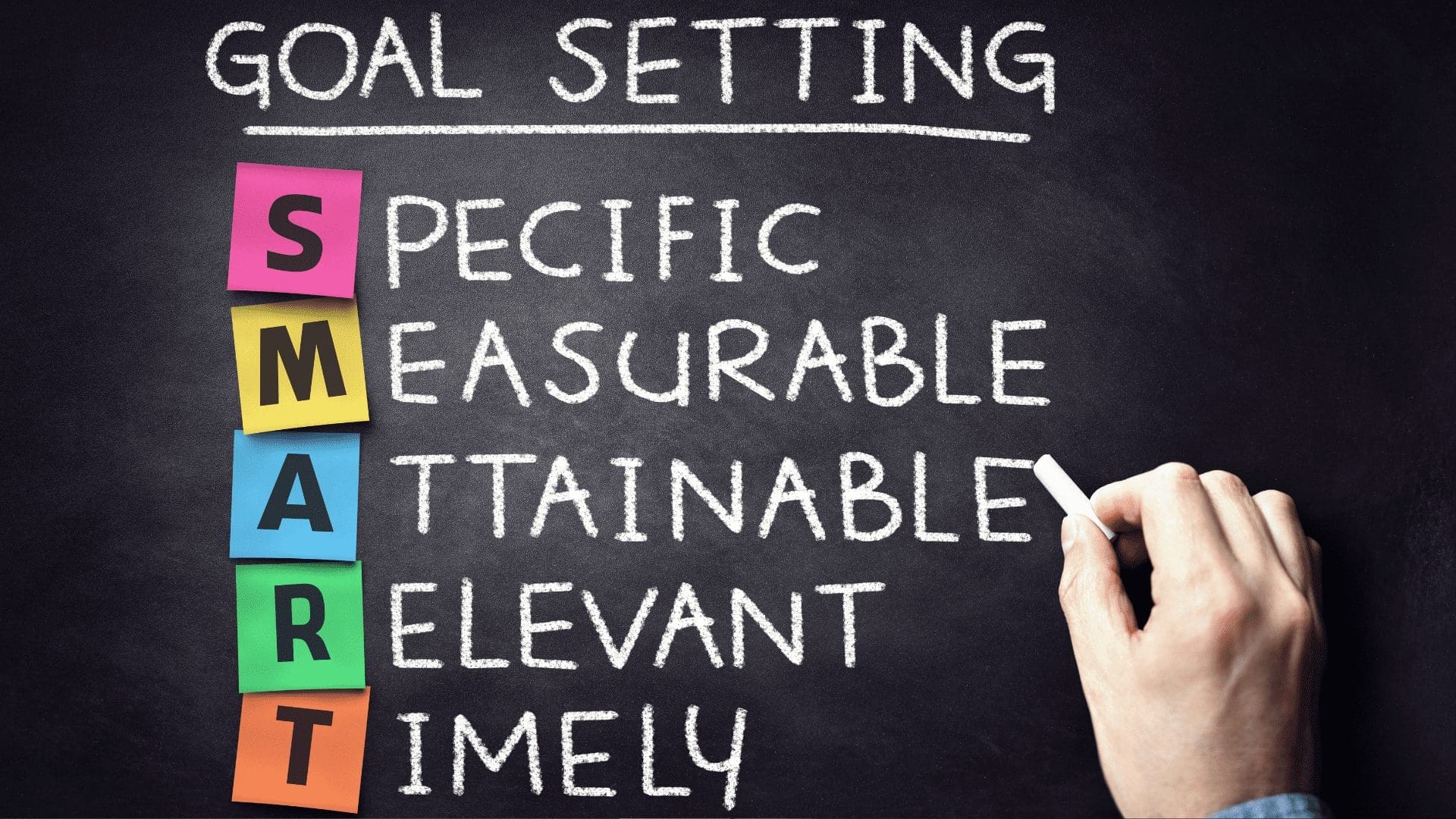We all have goals we want to achieve, but sometimes life gets in the way. We may find that our priorities and circumstances change, making it difficult or even impossible to pursue certain goals. While popular advice says to never give up on your goals, the truth is that sometimes it makes sense to temporarily put them on hold. In this article, we’ll explore the concept of goal shelving, when to use it, and how it can help you achieve success.
Why Goals Don’t Always Get Accomplished
The reality is that the majority of the goals we set for ourselves never get accomplished. Part of that is human weakness, but another part of it is that we think of ideas a lot faster than we can act on them. We all have limited time, money, resources, and willpower, so it’s nearly impossible to achieve every single goal we think of. It’s not something to be ashamed of, just something to be aware of.
The Importance of Focusing on What Matters
While it’s true that we can’t achieve everything we want, there are still plenty of goals we can accomplish. The key is to focus on what matters to us and what’s within our power. But to achieve any goal, we often have to temporarily put other pursuits on the back burner.
Goal Shelving: When to Put Projects on Hold
When we have multiple goals, they are all competing for our time, attention, and energy. Due to this, we need to choose which goals to pursue and which to put on hold. Goal shelving is the practice of temporarily withdrawing from a goal that isn’t currently realistic or attainable, to shift our time and energy to more important things.
Goal Disengagement vs. Goal Shelving
There are two main approaches to dealing with conflicting goals: goal disengagement and goal shelving. Goal disengagement involves permanently withdrawing from a goal. This may be necessary in some cases, but it can be emotionally taxing and may close the door to future opportunities. On the other hand, goal shelving allows us to temporarily withdraw from a goal while keeping the door open for future success.

The Benefits of Goal Shelving
Research shows that goal shelving is an effective strategy for resolving the conflict of limited time and resources, without paying a heavy toll emotionally. Instead of telling ourselves, “I quit – I’ll never achieve this,” we can think, “I’ll take a break – I can always go back to it later.” This shift in perspective keeps the door open and protects us from the pain of failure.
How to Implement Goal Shelving
When reviewing your goals, identify which ones are no longer realistic or attainable. Instead of abandoning them altogether, shelve them temporarily. Keep notes and records of these goals, so that you can return to them when the time is right. This way, you can focus your time and energy on more important goals, while still leaving the door open for future success.
Examples of Goal Shelving
In our own lives, we can likely think of multiple goals we’ve had over the years that we simply never followed through on. It’s okay to temporarily put these goals on hold. For example, if you’re short, middle-aged, with a job and family, you’re likely not going to be able to fulfill that childhood dream of becoming a professional NBA player. But that doesn’t mean you have to abandon the goal completely. You can shelve it temporarily, and focus on other goals that are more realistic and attainable.
Conclusion: Achieve More by Shelving Goals
In conclusion, goal shelving is a powerful tool for managing competing priorities and achieving success in the long run. It’s natural for our goals and priorities to change over time, and sometimes it’s necessary to temporarily put certain goals on hold. By doing so, we can focus our time and energy on what matters most and increase our chances of success.
Remember, goal shelving is not about giving up on a goal completely. It’s about recognizing when a goal is not currently realistic or attainable, and temporarily put it on hold while we focus on other important objectives. By doing this, we can avoid spreading ourselves too thin and stay motivated to achieve our most important goals.
So don’t be afraid to shelve a goal if it’s not currently feasible. Using goal shelving as a strategy for success, we can achieve more in the long run and live our best life possible. Keep notes and records of shelved goals, and revisit them periodically to assess whether it’s time to return to them. By using goal shelving as a tool for success, we can achieve more and live a fulfilling life. What makes my program so effective.
FAQs
- Is it okay to give up on a goal completely? It depends on the goal and the circumstances. In some cases, it may be necessary to permanently disengage from a goal. However, in many cases, goal shelving can be a more effective strategy for managing competing priorities and shifting our focus to what matters most.
- How do I know when to shelve a goal? If a goal is not currently realistic or attainable, or if other goals are more important at the moment, it may be a good idea to shelve it temporarily. Listen to your intuition and assess your priorities to determine when to shelve a goal.
- How can I keep track of shelved goals? Keep notes and records of shelved goals, so that you can return to them when the time is right. This can include written notes, digital files, or other forms of documentation.
- How can I stay motivated when I’ve shelved a goal? Focus on the goals that are most important to you at the moment, and remind yourself that you can always return to shelved goals in the future. Use goal shelving as a way to manage competing priorities and stay focused on what matters most.
- What if I’m not sure whether to shelve a goal or not? Consider consulting with a trusted friend, mentor, or coach for advice and guidance. They may be able to provide valuable insight and help you make a more informed decision.
- Can goal shelving be applied to all types of goals? Yes, goal shelving can be applied to all types of goals, from personal to professional. Whether it’s a fitness goal, a career goal, or a creative project, goal shelving can help you manage competing priorities and shift your focus to what matters most.
- How long should I shelve a goal? The length of time you delay a plan will depend on the goal and your circumstances. It may be a few weeks, months, or even years. The key is keeping notes and records of shelved goals so you can return to them when the time is right.
- Can goal shelving help me achieve more in the long run? Yes, goal shelving can help you achieve more in the long run by allowing you to focus your time and energy on what matters most. By temporarily putting other goals on hold, you can avoid spreading yourself too thin and increase your chances of success.
- Is it possible to achieve all of my goals? It’s unlikely that you will be able to achieve every single goal you set for yourself. However, by focusing on what matters most and using goal shelving to manage competing priorities, you can achieve more in the long run and live a fulfilling life.
- How can I make sure I don’t forget about shelved goals? Keep notes and records of shelved goals, and revisit them periodically to assess whether it’s time to return to them. By keeping these goals top of mind, you can stay motivated and increase your chances of success in the long run.






